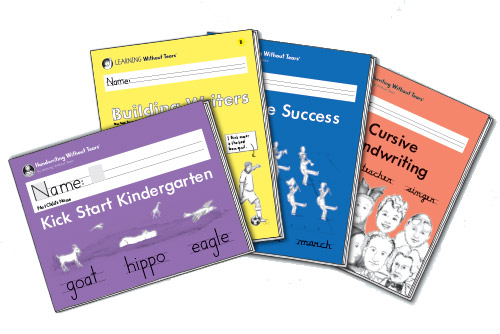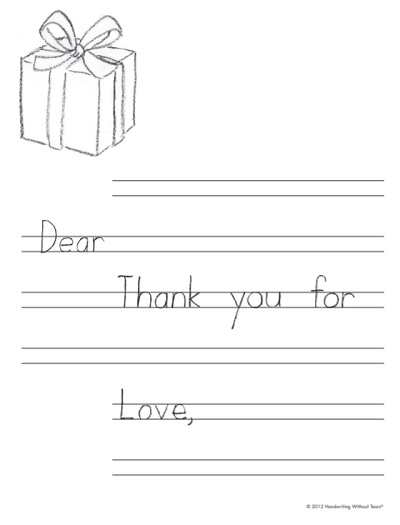The summer of 2020 is like no summer ever before in the history of our country.
Here in the United States we are living and learning to adapt at home, school, work, and in the community in the wake of a global pandemic. Social distancing, face masks, handwashing, cleaning, and disinfecting have become extremely important and something that we have begun to do in an almost automatic fashion.
We also have spent the last part of our school year away from the face-to-face classroom and began embracing terms such as distance learning, virtual learning, remote learning, Zoom, Canvas, and Seesaw to list a few. A year ago, we may have heard of these terms and now these are words or terms we have used every day for the last three or four months.
Although we have all managed to survive and get to this point in time, many are concerned about what is being referred to as “loss of learning” or simply learning loss that occurred over the last part of the school year. As we move into summer, here's a plan to address handwriting over the next few months. I developed an acronym to help guide your planning. I made it easy to remember, it's SUMMER.
S is for Schedule.
This is the first letter in our acronym and should also be first on your list. When thinking about your summer and what you may want to accomplish “academically” over the summer, it should start with a schedule. I know so many parents and educators that plan too much over the summer. They get overly ambitious and plan for their children to do “schoolwork” at a set time for so many hours a day.
This is a common error and one that should be avoided. Remember, we have spent more than three months doing schoolwork in a new way and setting. This may have created new ways of doing things for us, but it may have also led to feelings of being overwhelmed and fatigued.
During a regular school year, Learning Without Tears recommends handwriting lessons to be about 15 minutes per day. This includes instruction and review. For summer, we would schedule less time than that. How about 15 minutes of handwriting just two or three days a week?
You will be surprised to see how much progress you child can make in just 15 minutes of focused instruction in handwriting. Your child may need or want to work more than that or maybe even less than that. Work on writing, two, three, four, or five days a week—it's up to you.
The key is to make a schedule and try to stick with it. Do not just wake up each day and say, “What can we work on today?” Have a schedule with reasonable time frames on it and do your best to stay with that routine.
U is for User-Friendly.
This is so important. Learning Without Tears is known for having materials that are child friendly, parent friendly, and teacher friendly. No matter which of our materials you choose to use, you can be assured that they will be user-friendly.
We have student editions with clear instructions, examples, and illustrations for children to use when mastering letters, words, or sentences. Our teacher’s guides were specifically written for parents that homeschool children in mind. This means we included language that is parent friendly and not filled with educator jargon or learning buzzwords. Whether you are using our student editions, teacher’s guides, or any of our online learning tools and resources, you will find each one of them easy to use.

We have so many resources on our website and you will find that they all are tailored to be used by teachers, parents, and therapists to help children learn and further develop handwriting and written communication skills.
Again, think about what you want to accomplish with your child this summer and begin planning. Please be sure to spend some time on our website to learn about all of our materials and tools to help you be more successful with the children. Being user-friendly is important to us as a company and it will be important to you as you make your SUMMER plan.
M is for Motivation.
I think one of the big challenges in providing instruction over the summer is motivation. Motivation on the part of the parent/guardian and motivation on the part of the child.
It is up to you to provide the needed motivation for yourself and your child. Do not expect your child to look at the clock, sit at a desk, and tell you it is time to begin helping them to work on a handwriting lesson. Build in some mechanisms to help with motivation.
With young children, a visual aid can go a long way. Use your schedule (see above) and place a sticker, symbol, or icon on the schedule for days you worked on handwriting. After a set number of collected items, assign a reward value. This could be time at the pool, park, playground, or time to be spent with friends. With older children these may work as well, and they can select their own reward.
Meet with your older child to mutually agree on an appropriate reward to provide motivation. How about having your older child use their handwriting skills to write down a list of reward ideas or items? Younger children could draw pictures to illustrate the rewards they would like to work towards. This will not only lead your child to work harder on writing activities, but will also give you some wonderful face-to-face time with your kids.
This is something during this pandemic that we have come to realize—just how important and special that face-to-face time is for us all. Motivation is so important, and we need to help children to learn the value of self-motivation and working towards achieving goals that they have identified that they would like to accomplish.
M is for Meaningful.
The above comments about motivation will also serve to address making our handwriting lessons meaningful for our children.
We should make a real effort to make our lessons meaningful. Writing and practicing letters just to make them “better” is not really meaningful to children. We need to make it personal—something that speaks to our child or gives them a sense of pride, achievement, or confidence.
One of the best ways to do this is to have them to write a letter to someone. Pick a family member, neighbor, or friend and write them a brief letter. You could even draw and color a picture. For a very long-time, people wrote letters to one another. Today people often post comments on social media. Why? Because people enjoy and value receiving and reading written communication. Think about how much time adults spend reading news or social media. Now think about how much time they would enjoy reading a personal letter from a child or grandchild.
There is really something special about a handwritten letter. I have many that I have saved for special reasons and I bet you all reading this have done the same thing. Maybe include in your schedule (see above) a day when you will write a letter to someone. Make a handwritten list of the people you want to write to as well. You get to practice handwriting when making the list, so that is a bonus writing activity.

Check out this video on letter writing from my fellow presenter, Hope McCarroll:
E is for Enrichment.
Summer is a great time to provide enrichment to our children. When we are considering writing activities for our children, we should consider things that can serve as enrichment. For older children, they can write about things they would like to explore. Maybe a trip to the beach? Or to the mountains? How about a camping trip? Or a family picnic?
To add more enrichment for older children, have them use a computer or iPad to look up places they would like to travel or someone famous they would like to learn about? They can learn about their hometown, state, or area of the country? You can also add enrichment by looking at art and writing about it.
Maybe listening to music and drawing or writing down thoughts about how it made you feel. Science and social studies present numerous possibilities for enrichment. Being outdoors and exploring in nature can serve as your writing platform. How about taking a nature walk and collect items to write about? Or look for items that you can research on the computer and then write about those as well.
Again, for younger children, they can just draw pictures about enrichment trips and you can model writing for them, help dictate simple words, or provide hand-over-hand assistance as needed.
R is for Review.
As part of our SUMMER schedule, we need to make sure we build in some review time. It is important to review letters for our younger writers. For older writers, we will continue to review letters, but we will do this within the context of words, sentences, and paragraphs.
Review is important as this leads to mastery of the handwriting process for our children. The writing process develops over time with dedicated review time. In our student editions we call this dedicated time “review and mastery." Some familes and teachers spend so much time reviewing that they never get around to addressing new or developing skills, therefore they never achieve “mastery." I intentionally selected the word “Review” to end our SUMMER acronym to remind us all of the importance of review, and also that review needs to wait at times to follow new learning and new adventures.
Use your schedule above to build in “review” times. Whether these occur on a daily, weekly, or monthly basis is clearly up to you. However, it is important that we do make “review” a priority in order to build handwriting confidence and handwriting success.
Now we have a SUMMER plan.
Start with your Schedule, select User-friendly methods and materials to use with your handwriting lessons. Make sure you include some type of Motivation plan and also make lessons as Meaningful as possible. Capitalize on the many ways you can include Enrichment experiences for your children, and do not forget to Review along the way.
I hope you have a great summer and this helps you to develop a great SUMMER plan.